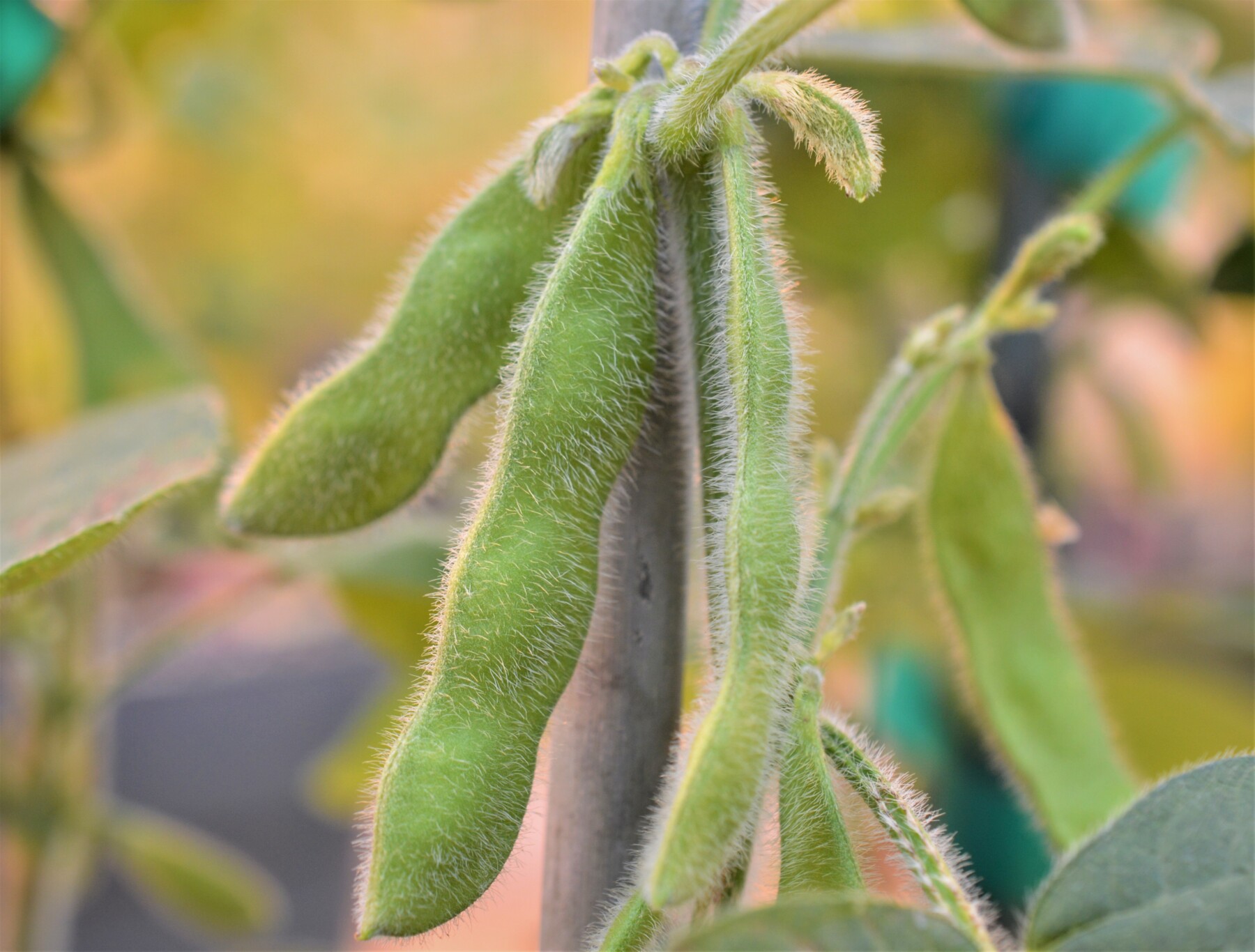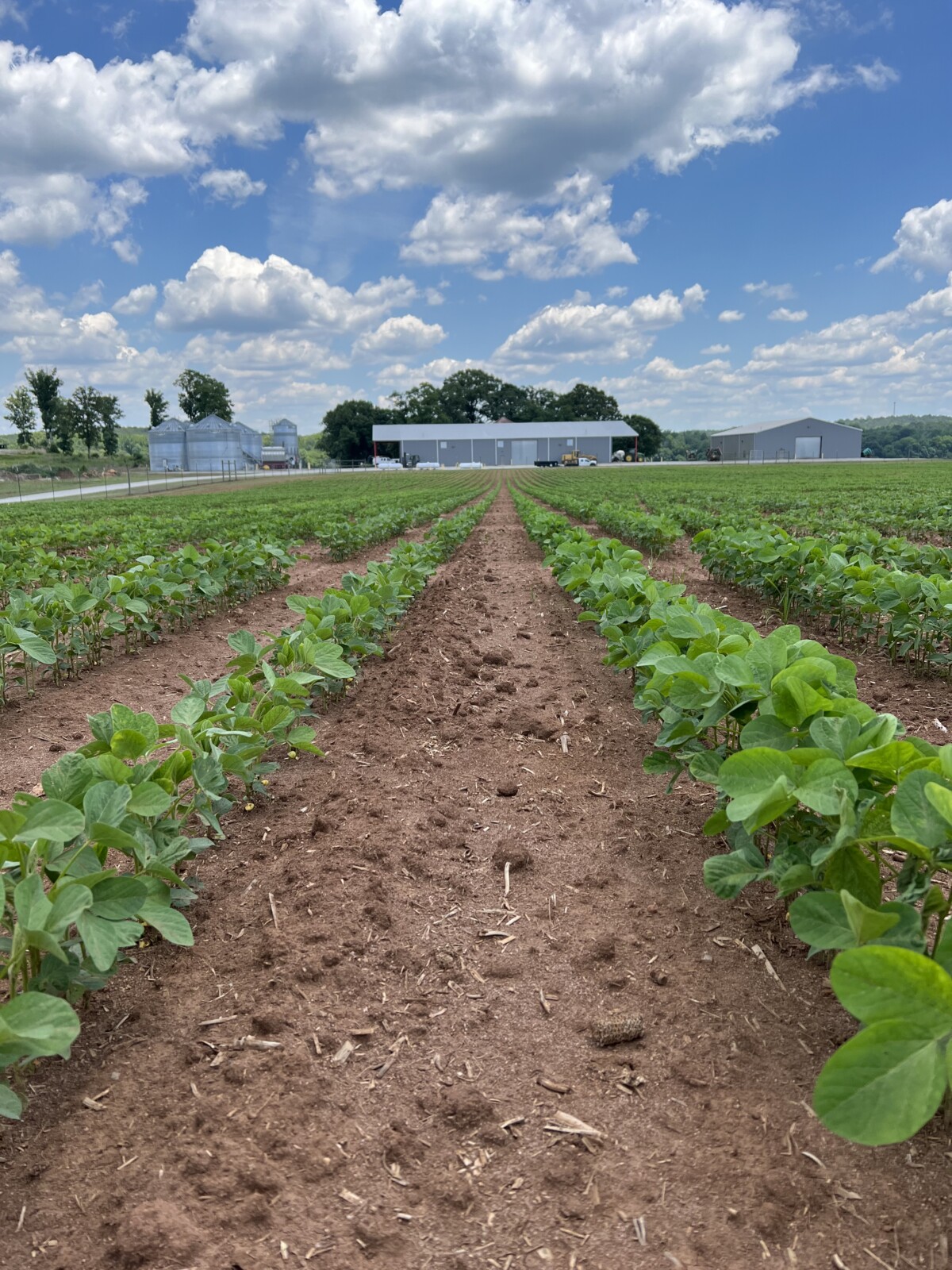
2025 Soybean Breeders Tour
September 3rd – 5th, 2025, Tifton, GA
The University of Georgia Soybean Breeding and Genetics Laboratory cordially invites you to attend the 2025 Soybean Breeders Tour on September 3rd to 5th in Tifton, Georgia.
- See the latest advancements in soybean breeding research
- Gain insights into the latest development in soybean production management
- Connect and network with soybean researchers from public and private breeding programs, as well as the seed industry
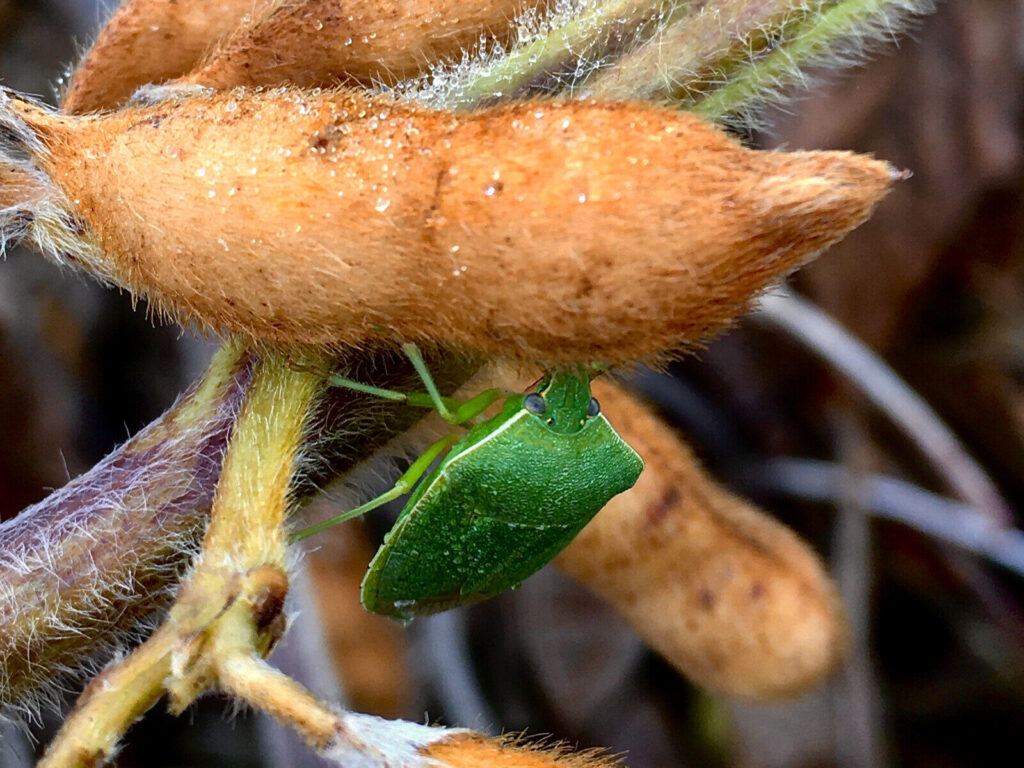
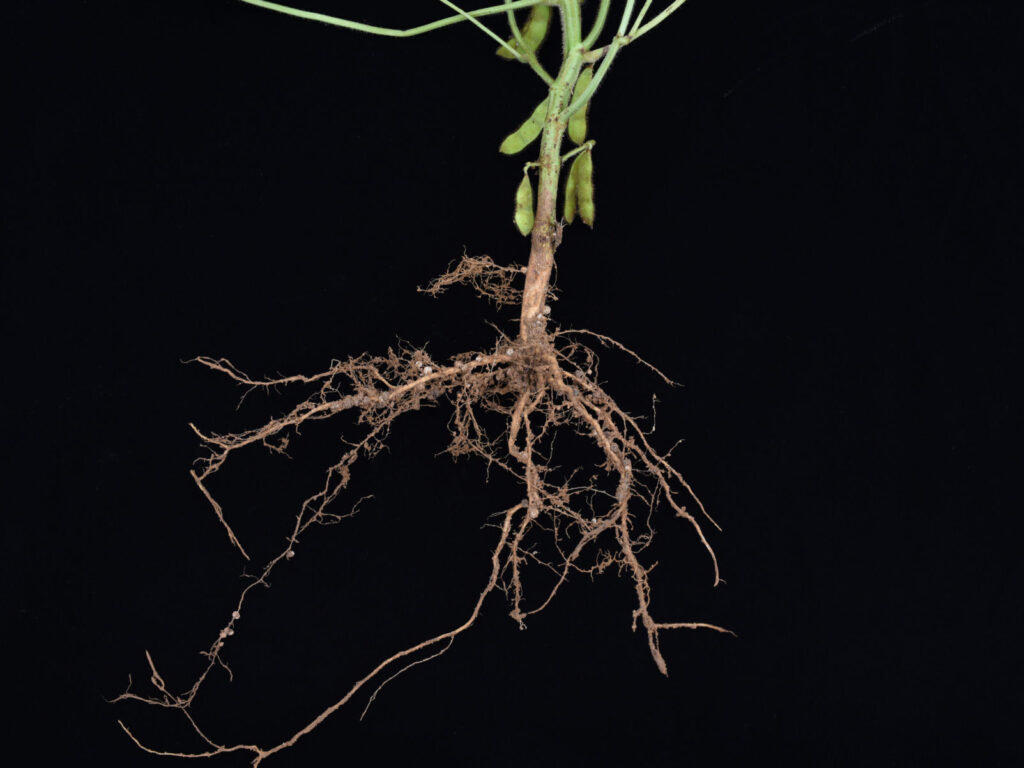
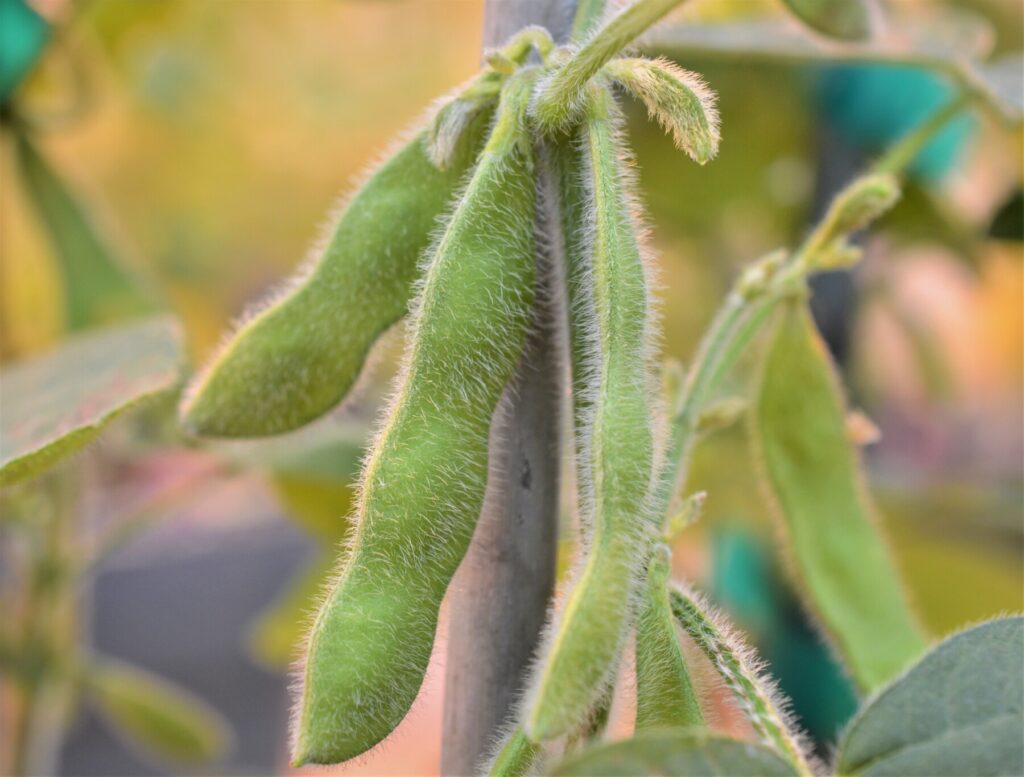
Topics Include:
- Soybean Breeding
- Insect Resistance
- Nematode Resistance
- Herbicide Technologies and tolerance
- Soybean Irrigation APP
- Precision Agriculture
- State Variety Testing
- Soybean Production
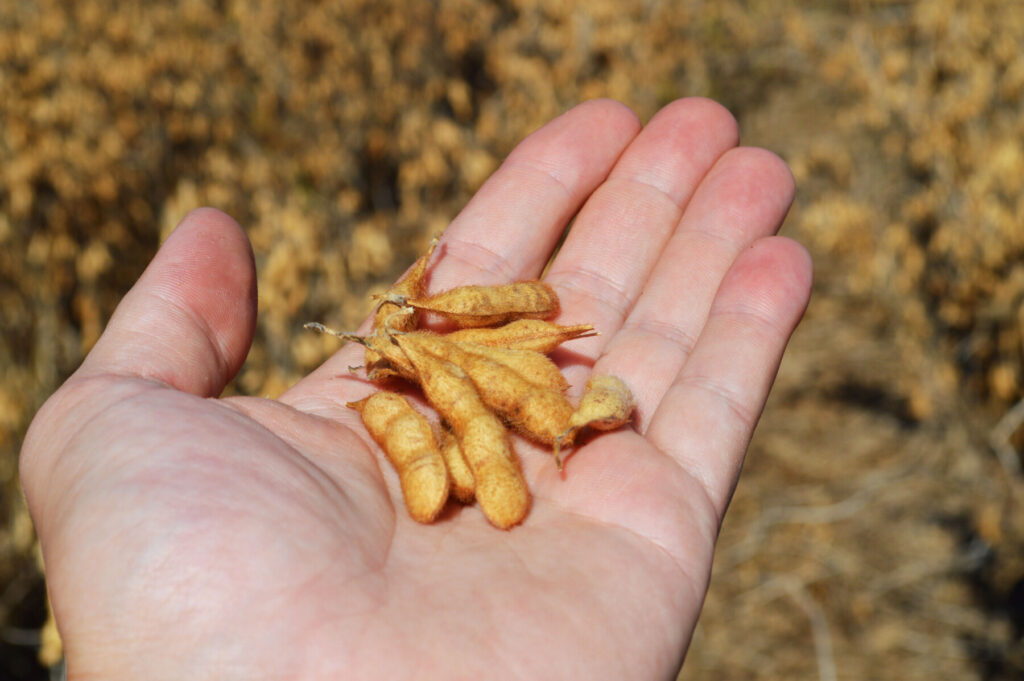
History of Soybeans in Georgia
In 1764, Samuel Bowen, a former seaman employed by the East India Company, brought soybeans (Chinese vetch) to the Georgia colony from China via London. Not having land available to sow seeds, Bowen asked Henry Yonge, the Surveyor-General of Georgia, to plant what is believed to be the first North American soybean crop in the spring of 1765. Yonge’s property, Orangedale, was located nearby on Skidaway Island. Bowen’s successful cultivation led to a 1769 patent for the production of soy sauce for exportation to England. Soybeans in Georgia were soon eclipsed by other crops, and not widely cultivated in North America until the late 19th century. But since the 1940s, soybeans have become one of the most widely grown and lucrative cash crops in the United States.
